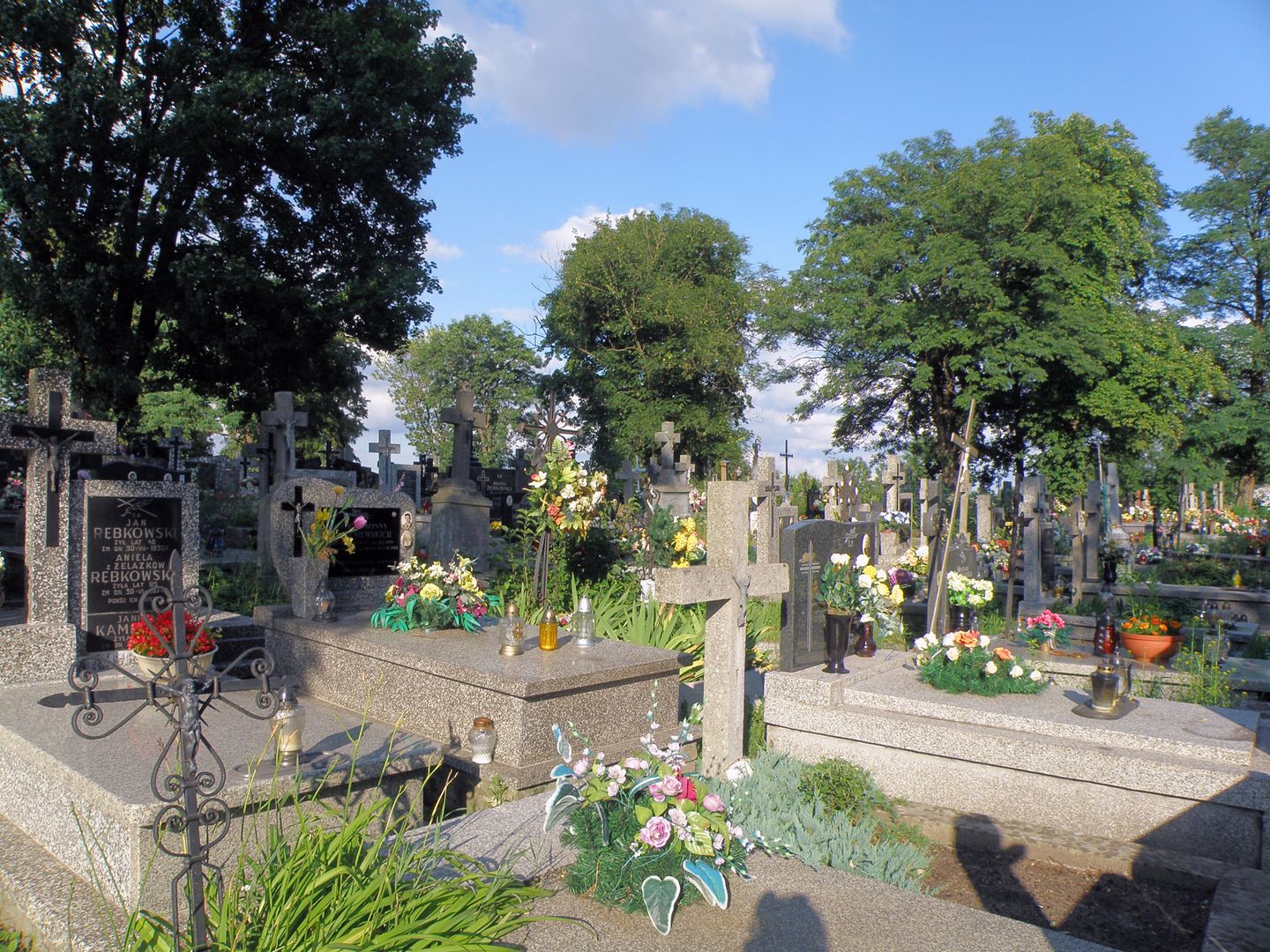Karczew
6.91

Overview
Karczew is a town in Poland, located in the Masovian Voivodeship, with a rich history dating back to prehistoric times when Paleolithic reindeer hunters settled here. The town developed from the 15th century onwards, thanks to its favorable location on the Vistula River, becoming an important trade hub. In 1548, Karczew was granted town rights, which contributed to the growth of its economy, particularly in butchery and meat processing—a tradition that continues to this day. An architectural highlight is the Baroque Church of St. Vitus, built between 1732 and 1737 and designed by Jakub Fontana, featuring an ornate interior with works by artists such as Michał Elwiro Andriolli.
Karczew has also witnessed significant historical events, including involvement in skirmishes during the Great Northern War and World War II, when its residents engaged in illegal meat trading to supply Warsaw. During the Nazi occupation, a ghetto was established here, and many inhabitants perished in extermination camps. The town underwent several administrative changes, including the loss of its town rights in 1869, but regained its status in 1959.
Today, Karczew is a member of the Association of Vistula Towns and the Union of Polish Towns, and has two partner cities: Tournan-en-Brie in France and Pilzno in Poland. Other notable landmarks include a classicist belfry in the local cemetery and a neo-Gothic inn building from the early 20th century. An interesting fact is that in the 1990s, the town became the site of a Mercedes-Benz assembly plant, highlighting its industrial development. With a population of 9,338 as of 2022, Karczew blends tradition with modernity, and its history and culture remain important both to residents and visitors.
Location
You can also find here:
2025 Wizytor | All Rights Reserved
